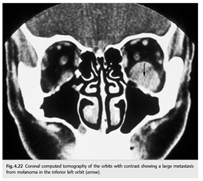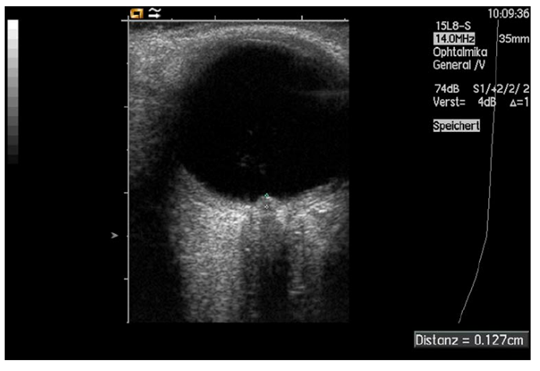Questions:
5. Which order neuron is involved when the Horner syndrome is caused by a tumor in the apex of a lung?
6. Do patients with a third-order Horner syndrome usually have anhidrosis?
7. What neurotransmitter is released at the neuromuscular junction that results in pupillary constriction?
8. What neurotransmitter is released at the neuromuscular junction that results in pupillary dilation?
9. Why do lesions of the geniculate nucleus, the optic radiations, or the visual cortex not affect pupillary size or pupillary reactivity?
10. What is the course of the parasympathetic fibers for pupillary constriction from the Edinger-Westphal nucleus to the ciliary ganglion?
11. What is the ratio of postganglionic parasympathetic fibers that innervate the ciliary muscle to those that innervate the pupillary sphincter muscle?
12. What specific steps should be followed in examining a patient with anisocoria?
____________________________________________________


